Empowering Safety: A Comprehensive Guide to Low Voltage Rescue (LVR) First Aid
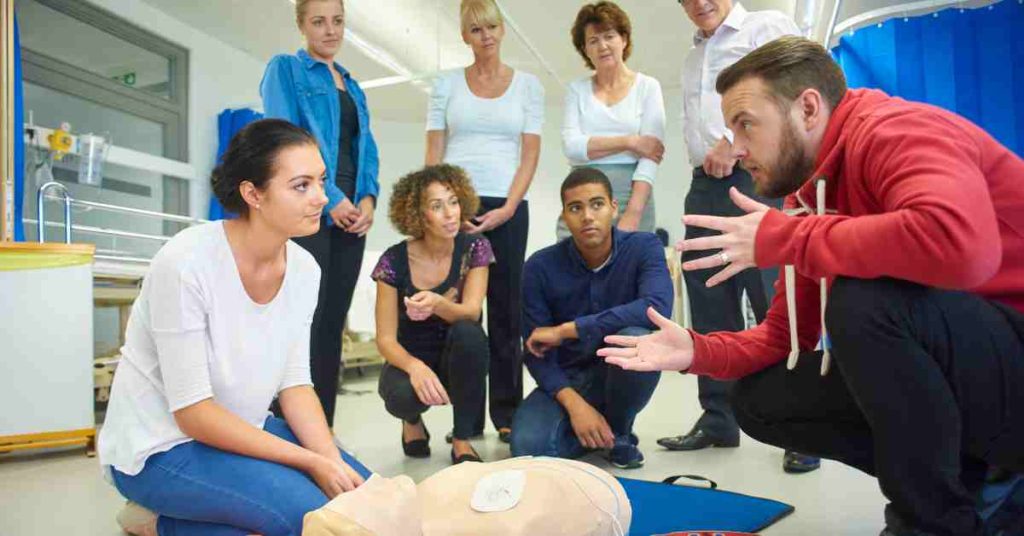
Low Voltage Rescue (LVR) is an essential aspect of first aid that specifically addresses the dangers associated with electrical incidents at low voltage levels. This type of rescue is crucial because it deals with situations that are common in both domestic and industrial settings, where electrical appliances and installations often operate at low voltages.
Understanding and applying LVR techniques can be the difference between life and death in electrical accidents. LVR is not only pivotal for professionals working in environments with electrical hazards but also for everyday individuals. Knowledge in LVR first aid empowers people to act confidently and effectively in emergency situations, ensuring the safety and well-being of those involved in low voltage electrical incidents.
Understanding Low Voltage Hazards
Low voltage electricity, typically defined as a voltage range of up to 1,000 volts AC or 1,500 volts DC, is often mistakenly perceived as less dangerous.
However, it is precisely this range of voltage found in many everyday settings, from household appliances to office equipment, which poses significant risks.
Common sources of low voltage hazards include malfunctioning electrical devices, damaged wiring, and inadequate safety measures in both homes and workplaces. Despite being classified as ‘low voltage’, these sources can still cause severe injuries or even fatalities.
The risks associated with low voltage incidents primarily include electric shock, which can lead to burns, heart arrhythmias, and neurological damage. It’s important to recognize these hazards to prevent accidents and respond effectively should they occur.
The Basics of LVR First Aid
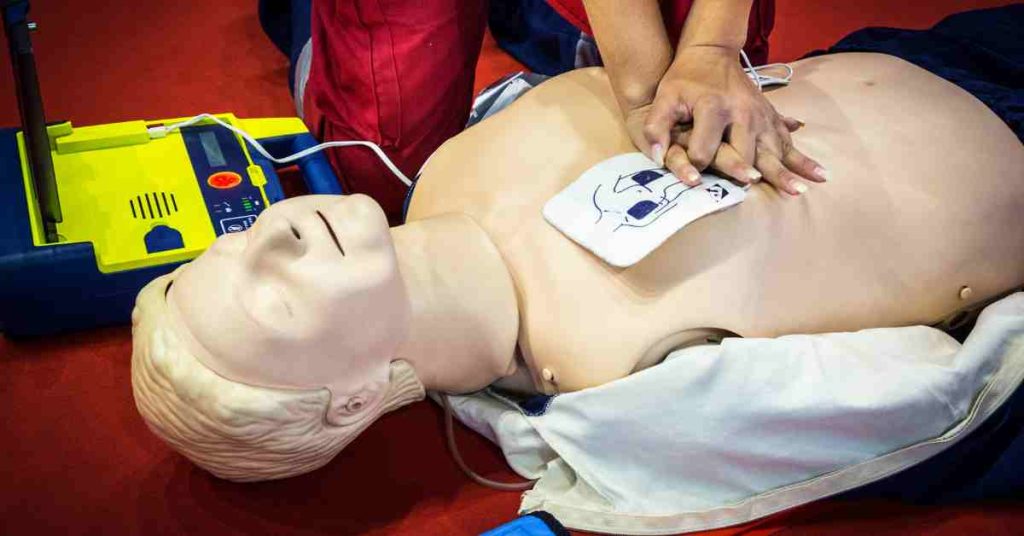
Mastering the basics of Low Voltage Rescue (LVR) First Aid is fundamental for anyone dealing with electrical safety. This specialised first aid is tailored to address the unique challenges posed by low voltage electrical incidents. The first and foremost principle in LVR is ensuring personal safety; this involves assessing the scene for ongoing electrical risks and ensuring the rescuer is not put in harm’s way. Once safety is assured, the focus shifts to the victim, where the initial response includes checking their responsiveness and breathing, and ensuring the power source is disconnected if possible.
The care provided in these critical first moments can greatly influence the outcome for the victim, making prompt and correct actions essential. LVR first aid blends general first aid principles with specific considerations for electrical injuries, preparing individuals to handle these situations effectively.
Safety Equipment and Tools for LVR
The right safety equipment and tools are indispensable for Low Voltage Rescue (LVR), playing a crucial role in both preventing and responding to electrical accidents. Essential safety gear includes insulated gloves, protective clothing, and safety glasses, designed to protect rescuers from electrical shocks and burns.
Insulating tools, such as voltage detectors and insulated rescue rods, are vital for safely managing live electrical environments. These tools help in safely disconnecting power and assisting victims without risking the rescuer’s safety.
In addition, a well-equipped first aid kit tailored for electrical injuries — including burn dressings, bandages, and non-conductive CPR aids — is essential. This kit not only aids in the immediate treatment of injuries but also ensures that the first responders are prepared to handle the unique challenges of electrical accidents effectively.
Legal and Ethical Considerations

Navigating the legal and ethical aspects is crucial in Low Voltage Rescue (LVR) and first aid situations. Individuals who administer first aid, particularly in workplace settings, need to be aware of their legal responsibilities. This includes understanding when and how to intervene, and the extent of care they are qualified to provide.
Ethically, the primary goal is to preserve life while minimizing further harm to the victim. Consent is a significant aspect; if the victim is conscious and capable, their consent is required before providing first aid. However, in cases where the victim is unconscious or unable to give consent, implied consent is generally assumed.
Liability issues also arise; while many regions have Good Samaritan laws protecting first aiders acting in good faith, it’s important to be aware of local laws and regulations. These considerations ensure that LVR and first aid are conducted responsibly, with respect for the victim’s rights and within legal boundaries.
Training and Certification
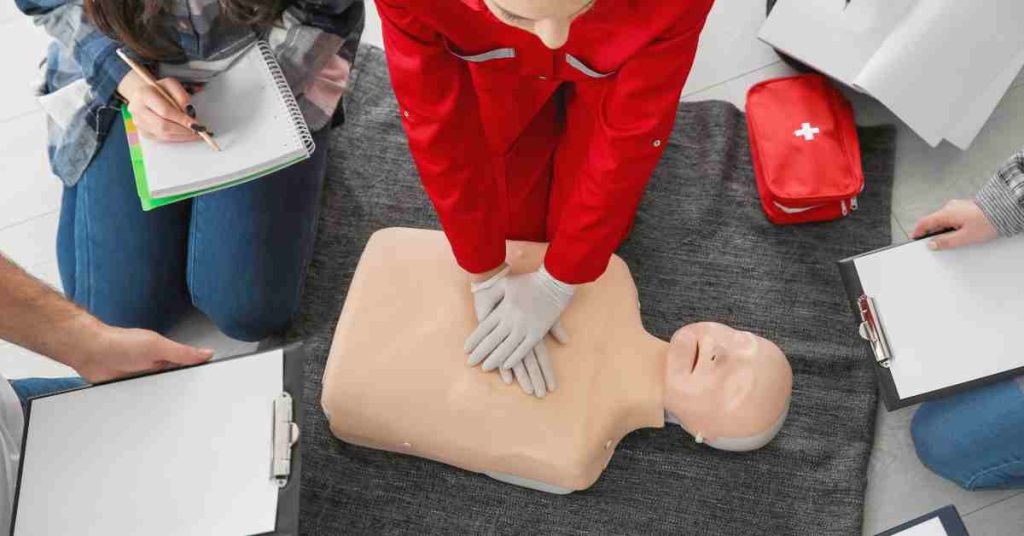
Professional training and certification in Low Voltage Rescue (LVR) First Aid are indispensable for effectively managing electrical emergencies.
Such training equips individuals with the necessary skills and knowledge to safely and competently respond to low voltage incidents. Certification ensures that the training meets specific standards and provides a formal acknowledgment of one’s capabilities.
There are various resources available for obtaining LVR first aid training, including community colleges, vocational training centers, and specialised safety organizations.
Online courses also offer flexibility, though practical, hands-on training is crucial for developing real-world skills. Keeping these skills fresh is essential, and regular refreshment courses or drills can help maintain proficiency. Ongoing training not only reinforces existing knowledge but also keeps individuals updated on the latest first aid techniques and safety protocols.
Real-Life Scenarios and Case Studies
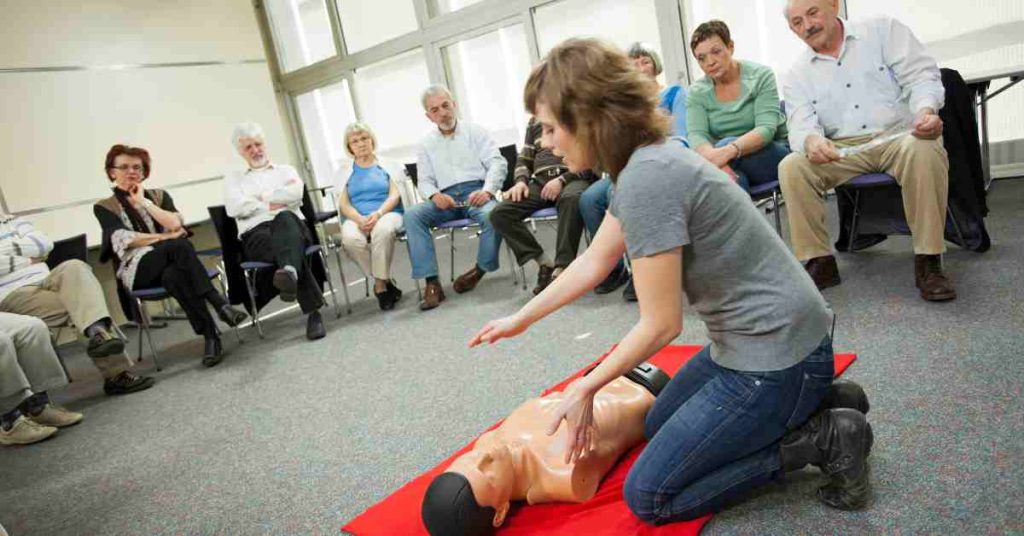
Examining real-life scenarios and case studies in Low Voltage Rescue (LVR) provides invaluable insights into the practical applications of LVR first aid techniques and the complexities of electrical emergencies.
These real-world examples offer a deeper understanding of how various factors, such as the environment, the type of electrical source, and the response time, can impact the outcome of low voltage accidents.
Analyzing these incidents helps in identifying common mistakes and best practices. Lessons learned from expert interventions highlight the importance of swift and appropriate response, adherence to safety protocols, and the effectiveness of specific first aid techniques in different situations. Such analyses not only reinforce the knowledge gained from training but also provide a more nuanced perspective on the varied nature of electrical emergencies and the critical role of skilled first aid in managing them.
Promoting Safety and Prevention
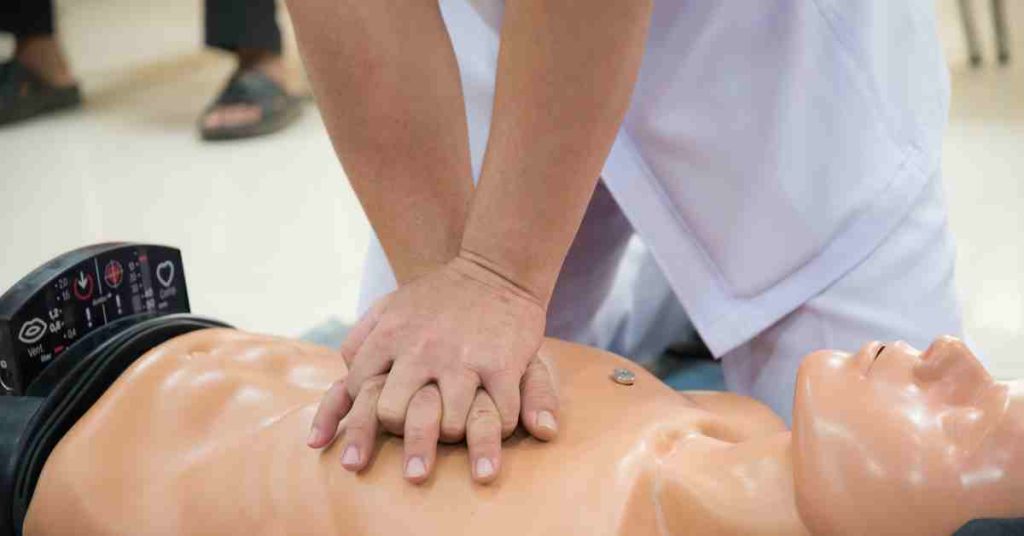
Effective prevention of low voltage accidents in both homes and workplaces is critical in promoting overall safety. This involves implementing practical measures to mitigate risks associated with low voltage electrical systems.
Regular inspection and maintenance of electrical appliances and wiring can significantly reduce the likelihood of accidents. Educating family members and employees about the dangers of low voltage electricity and safe practices is equally important.
Safety drills and awareness programs play a crucial role in this education process, helping individuals recognize potential hazards and respond appropriately in emergency situations. These programs should include training on the correct use of electrical devices, guidelines for identifying electrical faults, and steps to take in case of an accident. By fostering a culture of safety and awareness, the risk of low voltage accidents can be substantially minimized.
The First Aid Nest run public and workplace first aid courses, Australia wide.
Our workplace first aid courses can be run at your site.
Our public classes are here in Sydney and are the best option if you are an individual, a couple or a group
of just a few people.
Our sophisticated system will take the headache out of renewal for you too. Lose your certificate? No problem, just log in and download your certificate again anytime. We will also send you reminders about when your certificate is about to expire!
Book your spot or workplace with us today, contact us with any questions, or head to our FAQ page.
